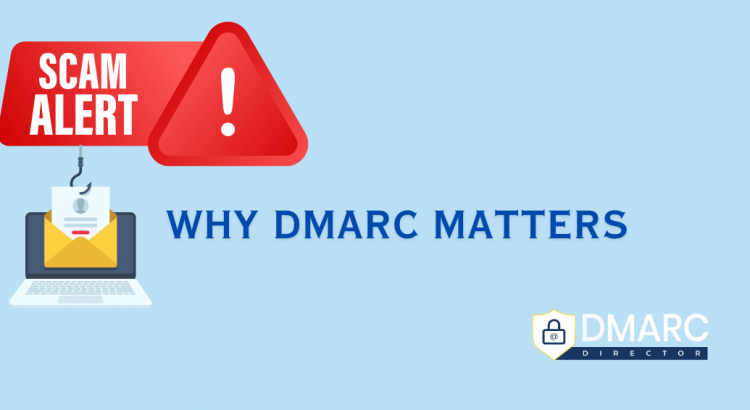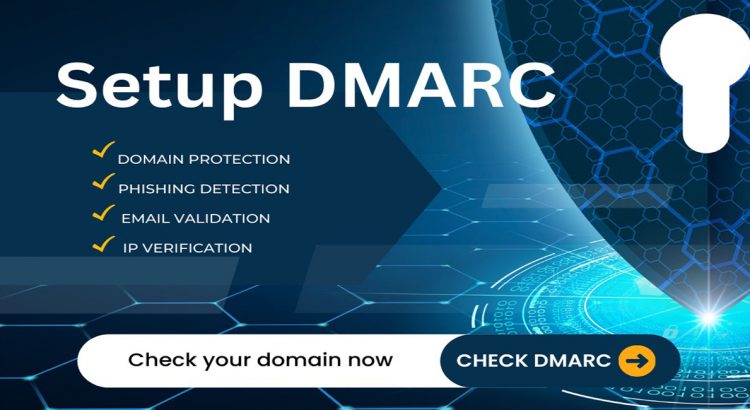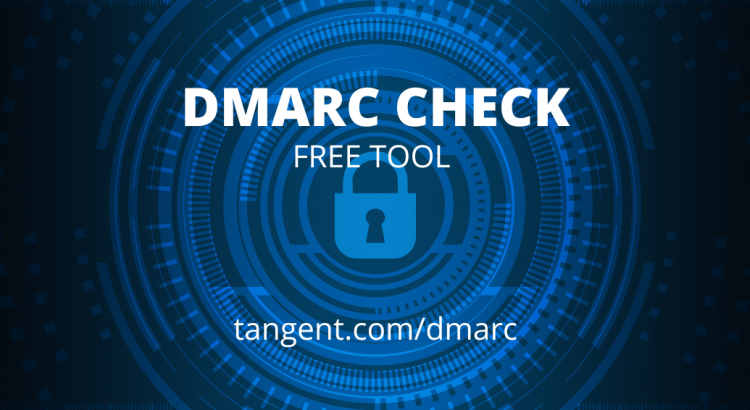Email security is a top priority for organizations of all sizes. To ensure that your email communications are protected from spoofing and phishing attacks, it’s essential to implement DMARC (Domain-based Message Authentication, Reporting, and Conformance). In this blog post, we’ll guide you on how to perform a DMARC check using a DMARC checker tool, empowering […]
Month: November 2023

What Is DMARC and Why Does It Matter?
In an era where cyber threats continue to evolve, protecting your organization’s email communications is of utmost importance. One crucial aspect of email security is DMARC, which stands for Domain-based Message Authentication, Reporting, and Conformance. In this blog post, we’ll demystify DMARC, explain what it is, and discuss why it matters for your email security […]

A Comprehensive Guide to Software Asset Management and License Management with Cubes
In today’s digital age, software plays a crucial role in the functioning of businesses across various industries. From managing finances to optimizing operations, software tools are essential for organizations to thrive. However, with the increasing reliance on software comes the challenge of managing software assets and licenses efficiently. That’s where Software Asset Management (SAM) and […]

What is the Most Reliable Industrial PC?
An industrial computer, often referred to as an industrial PC, is purpose-built to handle complex industrial tasks. Crafted from industrial-grade components, enclosed in ruggedized casings, and rigorously tested for reliability, these industrial PCs excel in environments where standard desktop computers would falter. Key features of industrial PCs include: Ventless and Fanless Design: Industrial PCs are […]

DMARC Checker
DMARC Director: Your Trusted Ally for Email Security In the world of email security, where the stakes are high, having a robust defense system is paramount. And in this defense arsenal, one tool stands out as a crucial component: DMARC. DMARC (Domain-based Message Authentication, Reporting, and Conformance) is your first line of defense against email-based […]
